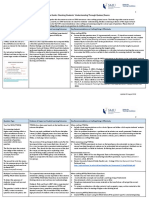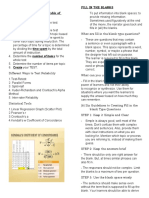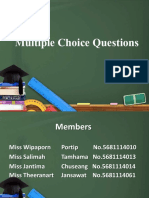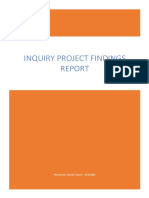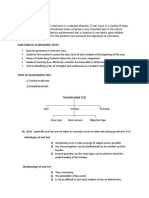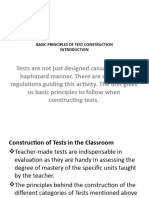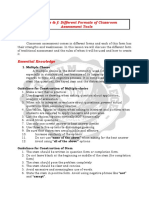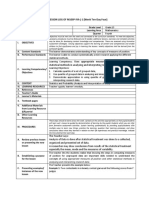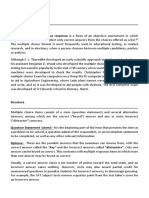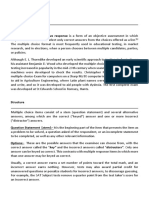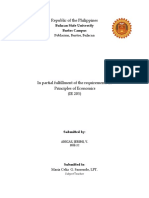0% found this document useful (0 votes)
55 views29 pagesAssessment For Learning Using Multiple Choice Questions
"No, I think you've covered everything I wanted to say. Thank you for letting me observe the lesson and for sharing your thoughts - it's been really insightful for my research."
Uploaded by
Shubham NaktodeCopyright
© © All Rights Reserved
We take content rights seriously. If you suspect this is your content, claim it here.
Available Formats
Download as PDF, TXT or read online on Scribd
0% found this document useful (0 votes)
55 views29 pagesAssessment For Learning Using Multiple Choice Questions
"No, I think you've covered everything I wanted to say. Thank you for letting me observe the lesson and for sharing your thoughts - it's been really insightful for my research."
Uploaded by
Shubham NaktodeCopyright
© © All Rights Reserved
We take content rights seriously. If you suspect this is your content, claim it here.
Available Formats
Download as PDF, TXT or read online on Scribd
/ 29

